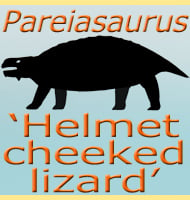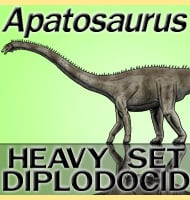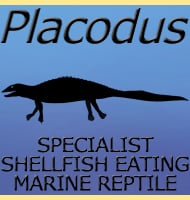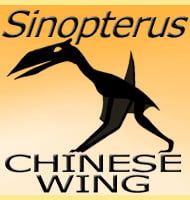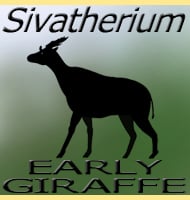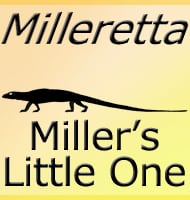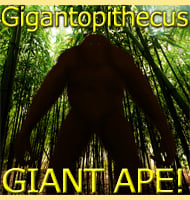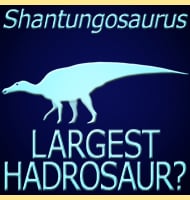In Depth
Ambopteryx is a genus of scansoriopterygid dinosaur that lived in Asia during the late Jurassic. The name Ambopteryx means ‘both wing’ and this is a reference to the observations that fossil impressions with the holotype skeleton show that Ambopteryx was feathered, but then had bat-like membranous wings which were not feathered as well. This is the second time that such a ‘wing’ structure has been seen in such dinosaurs, the genus Yi has also been reconstructed with bat-like membranes on the arms.
Ambopteryx was a very small dinosaur, the holotype individual measuring thirty-two centimetres from snout to tip pygostyle, though long tail feathers also grew from the tail, giving the impression that Ambopteryx was longer than it actually was. Ambopteryx also preserves evidence of gastroliths and small bones within what would have been the stomach/gut area of the living animal. These show that Ambopteryx may have been omnivorous, an important discovery as before this scansoriopterygid dinosaurs were thought to be more exclusively omnivorous.
Further Reading
- A new Jurassic scansoriopterygid and the loss of membranous wings in theropod dinosaurs. - Nature. 569 (7755): 256–259. - Min Wang, Jingmai K. O’Connor, Xing Xu & Zhonghe Zhou - 2019.

